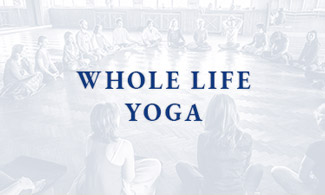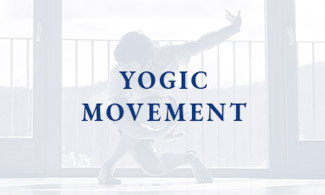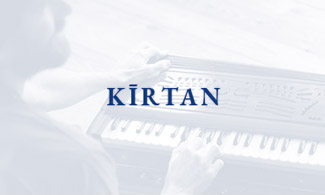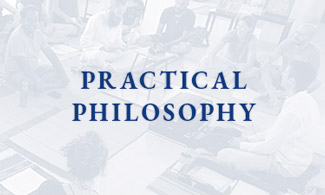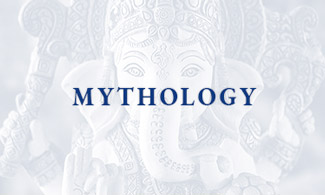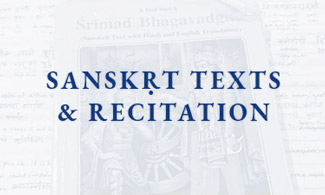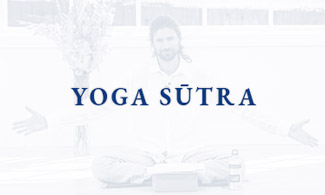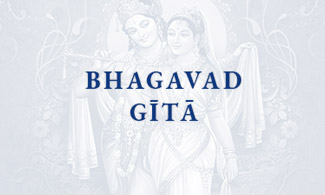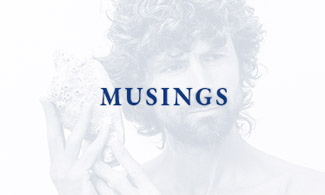
Breaking Through The Veils
As we practice yoga and explore what it means to be steadily easy, steadily happy, truly balanced; it’s usually not so long before we begin to realise that those things which trap us are often of our own creation. Or at least, we have allowed them to be built up and consolidated, until they constitute a type of prison, which limits us and shrouds the light of our hearts.
This prison could be compared to a very well-made winter outfit: vests and undershirts, a particularly well-made coat: all tailored to our individual specifications, with a very well-made cloak to cover it; ready to protect us from the unexpected assaults of cold, dark winter. We have scarves, hats and gloves to go with it: all beautiful, all comfortingly familiar to us.
Yet all these layers can stifle that most vital part of ourselves, which longs to give, share and express. They can impede our unique gifts, our sincere beauty.
What then can penetrate through these layers? What can make us shed them?
Is it the wind? The tempest? Of course, if our practice is an aggressive, howling protest of storm, yes, it may weather our cloak and coat, and even begin to wear them through. But if our practice is like a screaming gale – if we just push, using only mind as our compass and will as our raft, then likely it will only cause us to pull our cloak tighter, and button our coat faster, around the deeper layers that we keep around the precious vessel of our core. If our practice is like a chill breeze, we may relish the boost of freshness it gives us to face the challenges of the day, but it will not make us shed our cloak, never mind our coat.
To remove the veiling cloak, to pierce through the layers of our conditioning, then where are we to we turn?
Where else, but to the sun? When our practice is imbued with true ‘tapas’ – the steady fire of yogic (balanced, harmonising and sustainable) discipline that warms and illumines, then how can we resist shedding a layer? And then another? And revelling in the wonder of the warmth and the light, that allows our different elements to commingle and so know the incomparable, ineffable and irresistible joy of being ‘yoked’, being in a state of ‘at-one-ment’, in a state where all our constituent parts and powers can all give to and be supported by each other.
How can we bring this into practice? Only with presence, aka love.
Love really is the key.
Love really is the source of true power.
When we meet the present moment, however it is, with love, it means we are present. Being present, really present, our receptivity and our capacity expand. The presence opens up the gift of centred, yet expansive awareness. In this way, the presence of love, loving presence, can bring light. Our expanded awareness brings what might previously have been hidden in the shadows into the realm of our attention, into the light of our awareness. And this in turn can bring transformation: out of the shadows, we can see things more as they really are and respond to them more skilfully. The dark recesses of our psyche, the heavy ‘gravities’ of our social conditioning which hide their roots in dark caverns and can be oh so hard to fathom, start to be shifted.
If we rail and torrent against them, they are likely only to shrink deeper behind their veiling cloaks, deeper into a recess of our so well-tailored coats. But, when the warm sun flows steadily onto the coat, its well-made lining starts to generate irresistible heat, and that kindling fire, then – well, what else can it do? All things in creation act according to their nature – it fosters change, and we change. Not through aggression, not by melding our will into a blowtorch that sears through our resistance; but by just allowing ourselves to feel the irresistible force of the power of integration, the power, one might say, of love.
Hence, it is no surprise that the first qualities Patañjali names as necessary for the aspiring yoga practitioner in his Yoga Sūtra, are śraddhā – faith, conviction, confidence; and vīrya – heroic courage: the qualities of the hero/ine, the qualities required to stand true and heed the calling of the heart, even if the rest of the world is flowing, or even flooding, in a contrary direction. For while it may be comfortable, and at some levels easy, to go with the flow of the mainstream and be swept along wherever fashion takes us; it is quite something else to stand ourselves in the flow of the SUN: of the light of consciousness, awareness, which can be pretty much guaranteed to guide us on a unique path.
However, when we do muster the heroic valour to heed the conviction of the heart, whenever we do something with wholehearted presence, it is always rewarding. We learn from it. And we learn what it feels like to be truer and truer to ourselves. As we learn to engage from a place of greater cohesion, we learn the ‘technique’ of karma yoga – the yoga of action – of making the action its own reward, giving ourselves wholeheartedly to what we do, so we can sleep in peace at the end of the day, ready to rise the next day, even in the dark of winter, to celebrate and worship the sun, the light of consciousness.
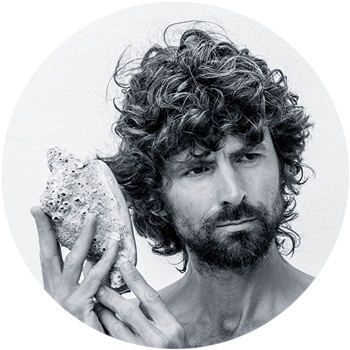
James Boag | Whole Life Yoga
The yoga of the whole human being. Practical philosophy, storytelling, movement, inquiry, looking in ways that reach beyond our habitual ways of looking.
Listen to James’ unique whole life yoga perspectives on the WHOLE LIFE YOGA podcast.

